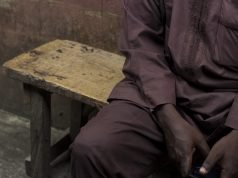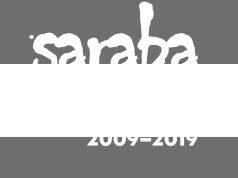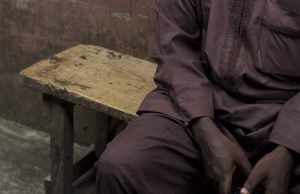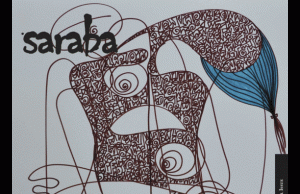WHILE APPROACHING the subject of how to photograph Africa, I am reminded of Susan Sontag’s contention1 that a photograph cannot in itself explain anything. Instead, it is us—the viewers—who speculate continually upon the image that we are presented with. It is for this reason that I question the referential texts that provide the understanding or that initial curiosity with which the photographer tries to prod meaning from his subject. I am concerned with what fills the mind of the photographer before he goes out to capture or interpret his subject’s reality for us. The pivotal question is what if this subject is as contentious as Africa?
What will be the photographer’s referential text from which he crafts his understanding of the reality of Africa? Will that text be Joseph Conrad’s 1899 masterpiece, ‘Heart of Darkness’, which Chinua Achebe critiqued2 as a racist ‘image of Africa’ or will it be David Diop’s short but inspired poetic image3 of Africa as a tree ‘splendidly alone amidst white and faded flowers’ speaking of an ‘Africa springing up anew … whose fruit bit by bit acquires the bitter taste of liberty’. It is understandable that with either text as a reference there is great danger in the photographer taking the author’s interpretation of their subject matter whole heartedly.
Images on the subject of Africa can be directive. The power that cameras possess draws us to the awareness that we can make up an identity. Conrad and Diop have each taken the liberty of their pen to stage a performance of the reality of Africa. Speaking about this staged performance, Sontag has pointed out4 that ‘a painting or drawing is judged a fake when it turns out not to be by the artist to whom it had been attributed. A photograph— or a filmed document available on television or the Internet—is judged a fake when it turns out to be deceiving the viewer about the scene it purports to depict’. She says this critiquing digital photography but her works bear harrowing undertones about the authenticity of authoring reality.
In my small knowledge of photography, I have gathered that far too many times, photographers are aware of their ability to alter reality through the image. This knowledge, especially in places where portrait photography has become an essential aspect of living, the subject of the photograph – the model – is prone to complain about how the photographer has shortened their height, increased their forehead or skewed their nose. They argue about uneven eyebrows and how one ear is bigger than the other. I know this from firsthand experience as a portrait photographer, and was taught in school how to hide double-chins, how to photograph long noses and short necks etcetera.
Through this medium, we have all become all too familiar with the act of altering our appearance, the apex of which has been seen in fashion photography. Going back to my initial point about referential texts, I realize that such photography has no direct references. Instead, the references are made up. And because of this, fashion photography will always depict a world that is impossible to inhabit. Another world that is likewise impossible to inhabit is the one depicted by Johannesburg newspapers of Soweto townships.
_ _
Read more in the Art Issue
































[…] Under the Influence: Photographs of Africa / Serubiri Moses […]
Bonjour chers amis
J’aimerais bien que vous cherchiez du coté de l’Afrique de l’Ouest
Mandémory
Comments are closed.